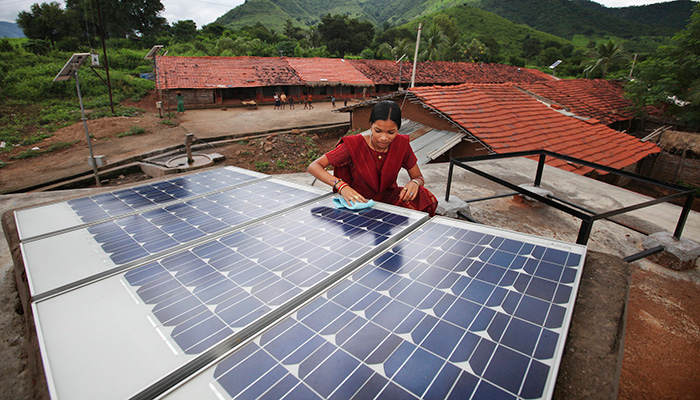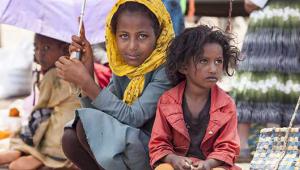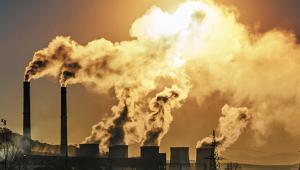Solar-panels,-India-©UK-Aid-DfID.jpg

Solar panels in India Credit: UK Aid
Climatescope 2015, launched yesterday, is a country-by-country index of clean energy competitiveness in 55 developing nations across Africa, Asia and Latin America and the Caribbean.
It shows that, for the first time, over half of the global investments into clean energy generation went to developing countries. The record annual high of $126bn worth of new investment for the less developed world marked a 39% increase from 2013 levels.
Climatescope noted the “rising prominence of lesser developed countries comes on the eve of an important round of UN-organised climate negotiations kicking off in Paris” next week. Such talks have often revolved around the question of how much funding wealthier countries should give to lesser developed countries to address the climate challenge, it added.
But figures for 2014 show that the developing world eclipsed wealthier countries in climate investments in 2014, marking a shift in the flow of investment away from advanced economies.
Some of the most advanced economies in the world, the G20, were recently criticised for stepping up fossil fuel subsidies while pledging to meet green climate targets. In some cases investments in renewables in those countries were simultaneously slashed.
Even China, well-known for a poor emissions record, has stepped up. Remarkable growth allowed the country to see the generation of 35 gigawatts of new renewable power ‒ more than the 2014 clean energy build in the US, UK and France combined.
Investment funds from banks or other financial institutions based in the 55 nations indexed by Climatescope surged to $79bn in 2014, from $53bn a year earlier.
Renewables capacity deployed in emerging markets topped that in wealthier OECD nations ‒ another first ‒ as Climatescope nations added a total of 50.4 gigawatts combined. That’s a 21% increase on the year before.
This means that, on a percentage basis, clean energy capacity is growing twice as quickly in the 55 countries indexed by Climatescope than it is in OECD nations.
Even countries that have seen a notable decline in overall economic growth, such as China, Brazil and South Africa, managed to remain among the top five investment attractors. Falling clean energy costs appear to be driving the growth in these regions and beyond.
However some other factors play a part. In LAC, a region that boasts higher clean energy penetration than any other, exceptional natural resources and supportive policy frameworks that incentivise clean energy investment were cited.













